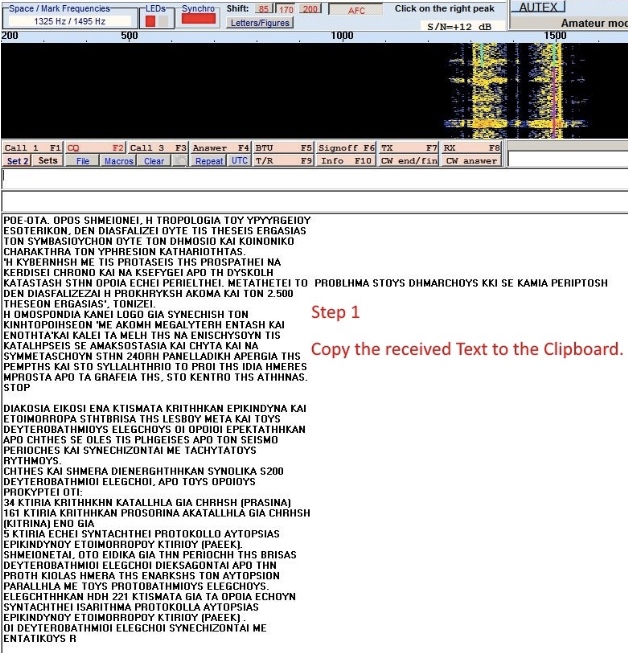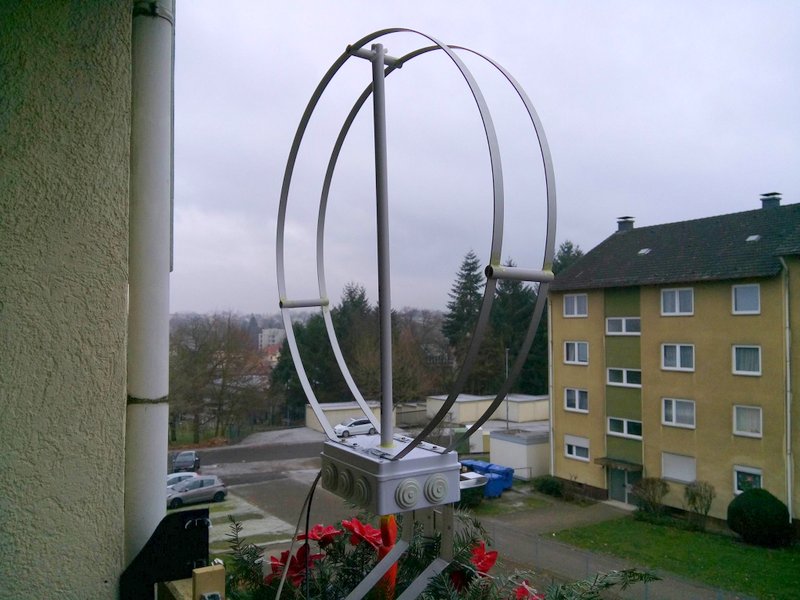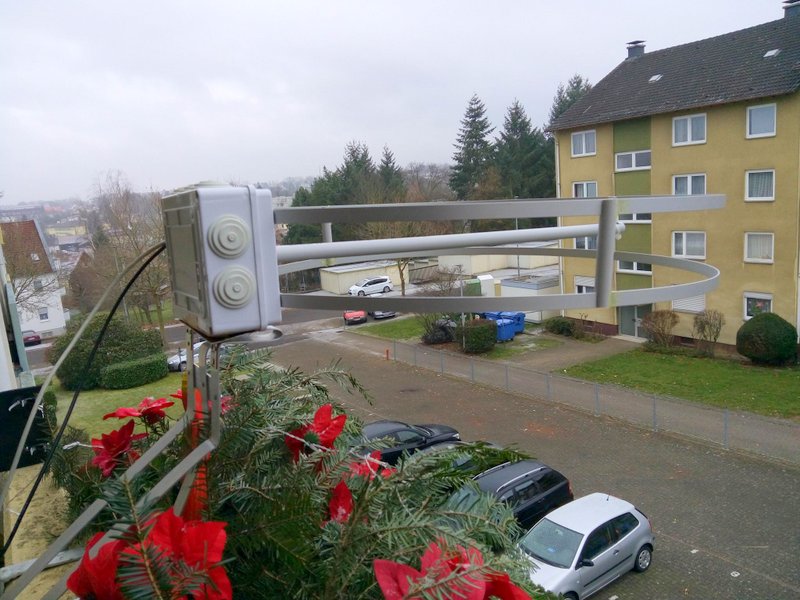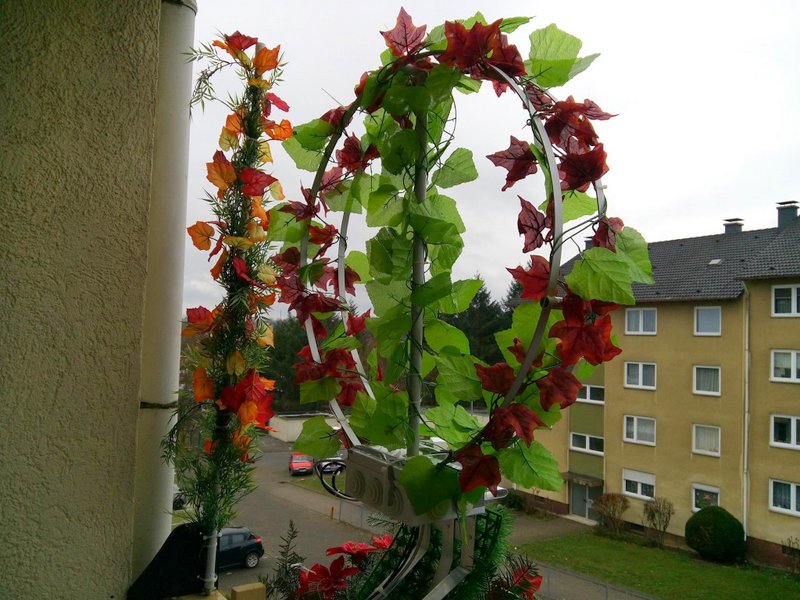Many thanks to SWLing Post contributor, Klaus Boecker (DD2DR), who shares the following guest post:
Converting Navtex from SVO Olympia Radio into an other languages
by Klaus Boecker (DD2DR)
SVO’s NAVTEX transmission uses the Greek language in Latin letters.
Unfortunately, the Google translator can‘t translate Greek transmitted in Latin characters.
I found a German web site to convert the Latin letters (the complete text) to Greek letters.
After converting it is possible to use Google Translate to finish the translation.
So, it becomes more readable for people who are not familiar with the Greek language. 🙂
Use the following site to convert Latin letters to Greek letters:
http://www.griechisch-konverter.de/?area=konverter&direction=1
Here is a step by step description:

Convert Latin letters to Greek letters:
http://www.griechisch-konverter.de/?area=konverter&direction=1
After converting, it is possible to use Google Translate and translate the text to a language of your choice:
All the conversions/translations are not 100% perfect, but better than nothing.
Some frequencies used by the NAVTEX service from SVO Olympia Radio. Maybe this list is not complete.
Navtex frequencies SVO in kHz
- 4209
- 4214.5
- 4216
- 6314
- 6325.5
- 8416,5
- 8421
- 8424
- 12586
- 12590.5
- 12603.5
- 16585
- 16815
- 16818
- 16830.5
73 de DD2DR Klaus
Many thanks for sharing your tutorial, Kaus! You’re right about Google Translate, too; it’s far from perfect, but generally conveys the overall meaning of the the message.








